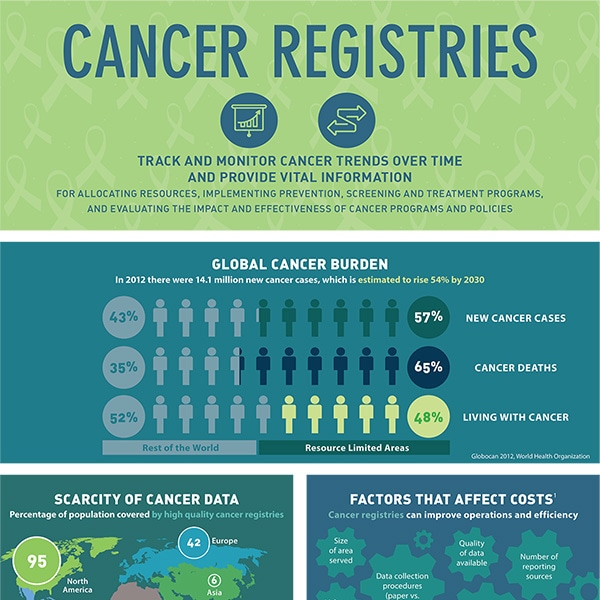Comprehending Different Kinds Of Hernias And The Cosmetic Surgeon'S Role

Post Author-Bullard Gottlieb
A rupture occurs when fat or part of the intestinal tract presses through muscle mass that must be holding it back. This can be excruciating, as well as it usually won't go away on its own.
Sometimes ruptures require to be treated operatively. That's when doctors consider alternatives like launching muscles, strengthening the abdominal wall or part separation.
Inguinal hernia
A little part of the intestine jabs with a vulnerable point in your abdominal muscles near your groin (the inguinal canal is a passage in the lower part of your abdomen that houses blood vessels and nerves, consisting of the spermatic cable for males and the tendons that support a lady's womb). You can have this hernia repaired operatively.
Throughout surgery, your physician can see the hernia utilizing a video camera affixed to a scope that is inserted via several tiny cuts on your stubborn belly. An additional tool might be inserted with the same cuts to aid fix the hernia.
After hernia repair service, it is essential to follow your medical professional's suggestions for avoiding difficulties. This means reporting any hernial discomfort or pain that comes and goes, or gets worse. It's also essential to stay clear of hefty lifting as well as straining, especially while you're peing or coughing. A rupture that comes to be trapped and also pinched loses its blood supply (it's called incarceration) and also can pass away, which is a clinical emergency.
Umbilical hernia
In the womb, children pass through a little opening in between their stomach wall surface muscles near the stubborn belly button (umbilicus). Normally this shuts before birth, but sometimes it does not. This causes a rupture in 20 percent of all babies.
Umbilical hernias resemble a swelling or bulge in the belly button. They are most recognizable when an infant cries or stress. The lump will certainly obtain smaller or go away when the youngster is tranquil. Occasionally, umbilical ruptures get stuck (called put behind bars) and also do not obtain sufficient blood supply. This can create discomfort and even death of the tissues in the hernia cavity.
A lot of umbilical hernias will close without therapy on their own by age 4. When they do not, physicians at Mount Sinai usually repair them with mesh. This technique is associated with fewer reappearances than key stitch fixing. The surgical treatment is done through a little incision inside or listed below the belly switch. A surgical mesh is placed over the hernia website to give lasting toughness.
Incisional hernia
This kind of hernia takes place at the site of a previous surgical wound. It usually occurs when a loop of the intestine slips through the weak point at the edge of a medical wound that has actually failed to heal correctly due to infection or injury.
This is a harmful hernia since the intestinal tract can end up being incarcerated and also need immediate clinical therapy. It can likewise cause persistent pain, and also the hernia might recur also after surgical treatment.
The surgeon might make use of a thin, lighted scope (called a laparoscope) to make a number of little incisions (cuts). Via these lacerations, they may get rid of excess fat and cells around the hernia and also repair the weak area of the stomach wall surface. They might also put in a mesh patch that holds the extending intestine as well as avoids it from pushing through again. They could shut the hernia with dissolvable stitches or medical adhesive and also area a plastic or mesh graft over the weakness in the abdominal area.
Hiatal hernia
The most usual sort of hiatal hernia is a sliding (type I) hernia. This takes place when the joint between your esophagus and belly protrudes up with the void in your diaphragm into your chest dental caries. https://www.bovinevetonline.com/news/veterinary-education/four-considerations-calf-hernia-repair-field can trigger heartburn and trouble swallowing.
Larger hernias, called paraesophageal (type II, III and IV) or diaphragmatic (type V) hernias, can be extremely harmful as well as may need instant surgical procedure. These can result in lung issues as well as pneumonia, or can press the stomach so securely that its blood supply is removed.
BWH thoracic specialists perform laparoscopic surgical treatment to decrease the size of hernias as well as to prevent strangulation. This includes making a couple of little cuts in your stomach as well as putting a tube with a video camera that sends photos to a screen. https://click4r.com/posts/g/12277815/ enables specialists to see what they are doing and also provides a better healing.

